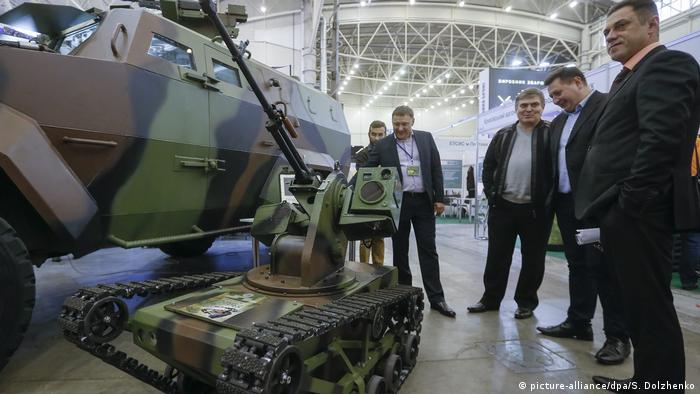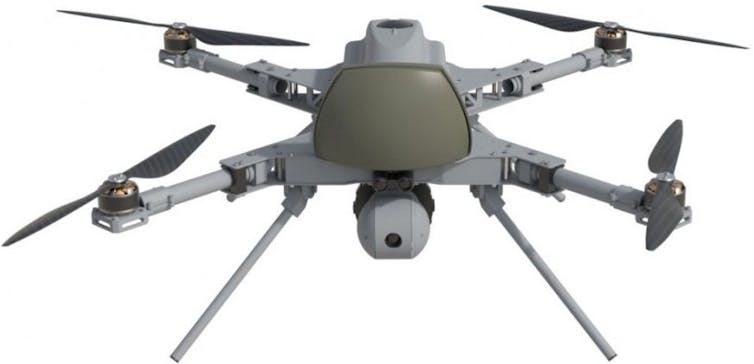Opposition bids to ban 'killer robots' foiled by Merkel's coalition


It’s possible that I shall make an ass of myself. But in that case one can always get out of it with a little dialectic. I have, of course, so worded my proposition as to be right either way (K.Marx, Letter to F.Engels on the Indian Mutiny)











UNIVERSITY OF ESSEX
Advanced killer robots are more likely to blamed for civilian deaths than military machines, new research has revealed.
The University of Essex study shows that high-tech bots will be held more responsible for fatalities in identical incidents.
Led by the Department of Psychology’s Dr Rael Dawtry it highlights the impact of autonomy and agency.
And showed people perceive robots to be more culpable if described in a more advanced way.
It is hoped the study – published in The Journal of Experimental Social Psychology – will help influence lawmakers as technology advances.
Dr Dawtry said: “As robots are becoming more sophisticated, they are performing a wider range of tasks with less human involvement.
“Some tasks, such as autonomous driving or military uses of robots, pose a risk to peoples’ safety, which raises questions about how - and where - responsibility will be assigned when people are harmed by autonomous robots.
“This is an important, emerging issue for law and policy makers to grapple with, for example around the use of autonomous weapons and human rights.
“Our research contributes to these debates by examining how ordinary people explain robots’ harmful behaviour and showing that the same processes underlying how blame is assigned to humans also lead people to assign blame to robots.”
As part of the study Dr Dawtry presented different scenarios to more than 400 people.
One saw them judge whether an armed humanoid robot was responsible for the death of a teenage girl.
During a raid on a terror compound its machine guns “discharged” and fatally hit the civilian.
When reviewing the incident, the participants blamed a robot more when it was described in more sophisticated terms despite the outcomes being the same.
Other studies showed that simply labelling a variety of devices ‘autonomous robots’ lead people to hold them accountable compared to when they were labelled ‘machines’.
Dr Dawtry added: “These findings show that how robots’ autonomy is perceived– and in turn, how blameworthy robots are – is influenced, in a very subtle way, by how they are described.
“For example, we found that simply labelling relatively simple machines, such as those used in factories, as ‘autonomous robots’, lead people to perceive them as agentic and blameworthy, compared to when they were labelled ‘machines’.
“One implication of our findings is that, as robots become more objectively sophisticated, or are simply made to appear so, they are more likely to be blamed.”
Journal of Experimental Social Psychology
Survey
People
Hazardous machinery: The assignment of agency and blame to robots versus non-autonomous machines






TECHNOLOGIES THAT REVOLUTIONIZED WARFAREAI: 'Third revolution in warfare'Over 100 AI experts have written to the UN asking them to ban lethal autonomous weapons — those that use AI to act independently. No so-called "killer robots" currently exist, but advances in artificial intelligence have made them a real possibility. Experts said these weapons could be "the third revolution in warfare," after gunpowder and nuclear arms. PHOTOS 12345678910
